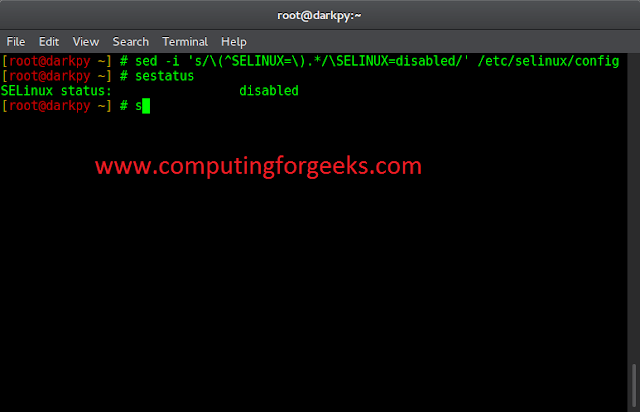Sometimes, we may face an issue in which we require to split a list to list of list on the K character sent as deliminator. This kind of problem can be used to send messages or can be used in cases where it is desired to have list of list of native list. Let’s discuss certain ways in which this can be done.
Method #1: Using index() and list slicing The list slicing can be used to get the sublists from the native list and index function can be used to check for the K character which can potentially act as a separator. The drawback of this is that it only works for a single split i.e can only divide a list to 2 sublist.
Python3
# Python3 code to demonstrate # Group List on K character # using index() + list slicing # initializing list test_list = ['Geeks', 'for', 'M', 'Geeks', 1, 2] # printing original list print("The original list : " + str(test_list)) # initializing K K = 'M'# using index() + list slicing # Group List on K character temp_idx = test_list.index(K) res = [test_list[: temp_idx], test_list[temp_idx + 1: ]] # print result print("The list of sublist after separation : " + str(res)) |
The original list : ['Geeks', 'for', 'M', 'Geeks', 1, 2] The list of sublist after separation : [['Geeks', 'for'], ['Geeks', 1, 2]]
Time Complexity: O(n) where n is the number of elements in the list “test_list”.
Auxiliary Space: O(n) where n is the number of elements in the list “test_list”.
Method #2: Using loops The problem of the above proposed method can be solved using general loops and using brute force, in this we just look for K character and make a new list after that.
Python3
# Python3 code to demonstrate # Group List on K character # using loop # initializing list test_list = ['Geeks', 'M', 'for', 'M', 4, 5, 'M', 'Geeks', 'CS', 'M', 'Portal'] # printing original list print("The original list : " + str(test_list)) # initializing K K = 'M'# using loop # Group List on K character temp = [] res = [] for ele in test_list: if ele == K: res.append(temp) temp = [] else: temp.append(ele) res.append(temp) # print result print("The list of sublist after separation : " + str(res)) |
The original list : ['Geeks', 'for', 'M', 'Geeks', 1, 2] The list of sublist after separation : [['Geeks', 'for'], ['Geeks', 1, 2]]
Time Complexity: O(n*n), where n is the number of elements in the list “test_list”.
Auxiliary Space: O(n), where n is the number of elements in the list “test_list”.
Method #3: Using itertools.groupby()
Python3
import itertools#initializing listtest_list = ['Geeks', 'for', 'M', 'Geeks', 1, 2]#printing original listprint("The original list : " + str(test_list))#initializing KK = 'M'#using itertools.groupby()#Group List on K characterres = [list(g) for k, g in itertools.groupby(test_list, lambda x: x == K) if not k]#print resultprint("The list of sublist after separation : " + str(res))#This code is contributed by Edula Vinay Kumar Reddy |
The original list : ['Geeks', 'for', 'M', 'Geeks', 1, 2] The list of sublist after separation : [['Geeks', 'for'], ['Geeks', 1, 2]]
Time Complexity: O(n)
Auxiliary Space: O(n)




